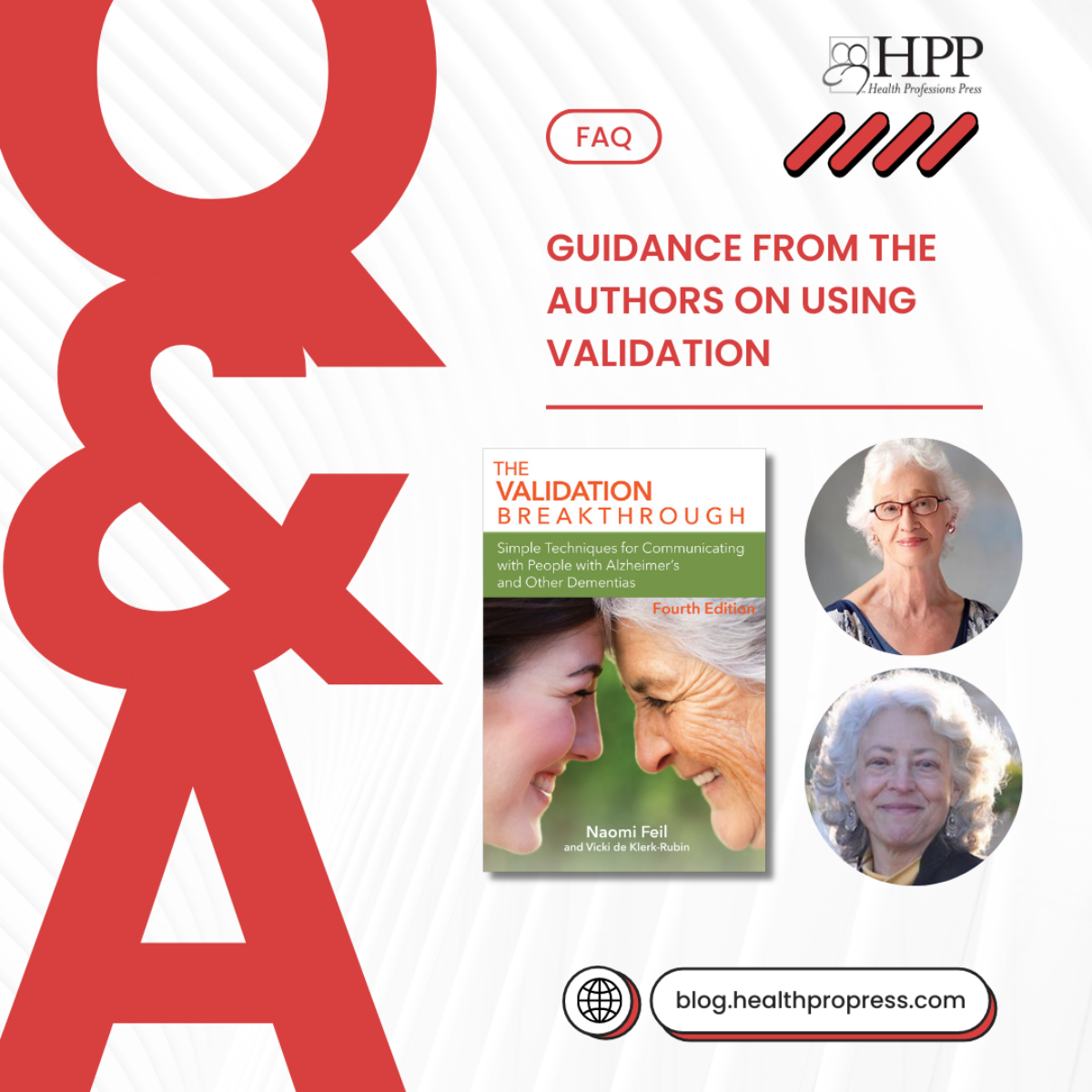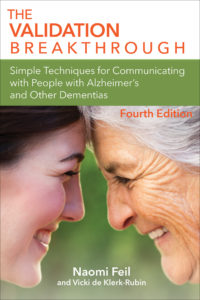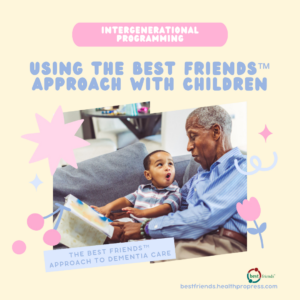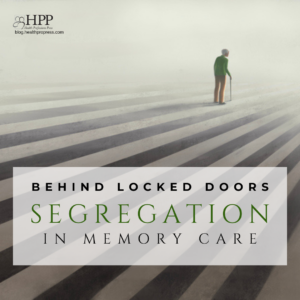
Validation Q&A with the Authors
Guidance from the Authors on Using Validation
Are you currently using the Validation method in your care setting? Do you have questions? Authors of The Validation Breakthrough, Fourth Edition, Naomi Feil and Vicki de Klerk-Rubin, answer some frequently asked questions from people using Validation. New to Validation? Learn more here!
I’ve tried Validation, but my client won’t talk with me. Why doesn’t it work?
Which Validation techniques did you use? Did you Center and establish the phase of Resolution? If the older adult is in Phase Three, verbal techniques may not work. If your client feels that you are not empathetic, techniques are useless. Validation practitioners must enter the world of the older person, match the person’s emotions, and then use verbal or nonverbal techniques.
I feel uncomfortable when my client cries when I validate her. Isn’t it bad for older people to get so upset?
Remember this basic principle of Validation: When emotions are expressed and someone listens with empathy, the emotions are relieved. The person feels better. If you are uncomfortable with strong emotions and you wish to help your client feel better, you must first Center, release your own discomfort, and then feel with your client.
How do I know when a disoriented old person is using a symbol?
When the person uses an object—a piece of clothing, a part of his or her body, or another person—and expresses strong emotions that are not related to present time, then the person is using a symbol.
How do I know if I’m doing Validation correctly?
If your client feels better, is less agitated, complains less, communicates more, and relates to others positively, then you are doing Validation correctly.
How do I handle someone who is acting aggressively?
First, Center to rid yourself of your own emotions. Then, if the person is verbal, rephrase while matching the emotion in your voice tone and your body to theirs. Use mirroring if the person is nonverbal. It is important that you not try to calm the person. Everyone has a right to be angry. Try to find empathy by thinking of a situation in your life where you felt angry. You can use this to match the emotion of the other person.
Mr. Tinker doesn’t speak at all. How can I understand him?
First, Center to clear away your own preconceptions. Then, observe Mr. Tinker from top to toe. What is he feeling? You can often tell what is going on inside a person by a careful observation of his or her physical characteristics. This is called a calibration. For example, for Mr. Tinker, observe his facial expressions and body language. Are his lips pursed? Quivering? Set in a straight line? If they are set in a straight line, he may be angry. Say his emotion out loud, with emotion. “You are so angry! Did someone hurt you?” If you feel Mr. Tinker’s anger, he will know it. He knows that you are on his wavelength. He will open his eyes and look at you. This is the beginning of communication.
What is the difference between a hallucination and the use of the “mind’s eye” by disoriented old-old people?
The “mind’s eye” is a visual image retained in the memory. The image is a projection of old memories and is based on the personal history of the individual. It is usually connected to some unfinished issues from the past. A hallucination does not necessarily have to do with the past or the personal history of the individual. Validation theory states that disoriented old-old people stimulate eidetic images to resolve unfinished issues, thus making this a healthy process.
What do I do when my mother treats me like her mother?
First, understand that your mother is treating you as a symbol. A symbol in Validation is something or someone in present time that represents something or someone from that person’s history. Your mother is trying to express emotions that have perhaps been bottled up for 50 years. Things she yearned to say to her mother have gone unsaid and now demand attention. It hurts to keep all that inside. With disorientation, long-repressed feelings can come up and finally be expressed. What you can do first is Center. Take a deep breath, clearing out your irritation, sadness, or anger so you can be open and really listen to what your mother is saying. Get in front of her at eye level. Observe carefully and move into the emotions she is expressing. Try using the technique of rephrasing to let Mom know that you are really listening. Do not pretend to be her mother or correct her. Instead, simply explore using open questions, such as, “What do you want to say to Mom?”
Where can I learn more about Validation?
You can learn how to use Validation through the books, films, and trainings offered.
Validation products from HPP:
- The Validation Breakthrough: Simple Techniques for Communicating with People with Alzheimer’s and Other Dementias, Fourth Edition
- Validation Techniques for Dementia Care: The Family Guide to Improving Communicatio
- Introduction to Validation: Communicating with Very Old People with Alzheimer’s and Other Dementias (DVD)
Training in Validation
The Validation Training Institute and Authorized Validation Organizations offer a variety of courses in Validation, as well as films and other resources. These learning opportunities can meet the needs of everyone no matter the time and resources available for training.
Training centers are available around the world. Visit the vfvalidation.org for a list of countries where Validation training is offered, as well as the most up-to-date information on training and resources.
About the Authors

Naomi Feil, M.S.W., ACSW, is the Founder of the Validation Training Institute. She is the originator of Validation, currently recognized throughout the world as a state-of-the-art method for communicating with older adults diagnosed as having neurocognitive disorders (NCDs) due to Alzheimer’s disease or other forms of dementia.

Vicki de Klerk-Rubin, R.N., M.B.A., is a Validation Master Teacher and the Executive Director of the Validation Training Institute (VTI). As the daughter of Naomi Feil, she strives to continue the legacy her mother started by ensuring that the VTI remains developed with integrity, creativity, and love.
Read the book!
The Validation Breakthrough, Fourth Edition
Simple Techniques for Communicating with People with Alzheimer’s and Other Dementias
By Naomi Feil, M.S.W., ACSW, and Vicki de Klerk-Rubin, R.N., M.B.A.
Copyright © 2022 by Naomi Feil. All rights reserved.
Since the 1980s, the Validation method has been recognized worldwide as a reliable and effective approach used by care staff and families to communicate with people experiencing memory loss and disorientation. Put into practice, it can relieve distress and confusion, promote dignity, improve engagement, and reduce conflicts.
This easy-to-read book explains the essential principles and practices of Validation and illustrates them with compelling stories and photos. When a person’s actions or expressions seem inexplicable, the Validation method is a tool to bridge the gap and connect with that person’s reality. Care providers gain powerful tools for improving lives by focusing on the social and psychological needs of the person experiencing dementia.






Add comment